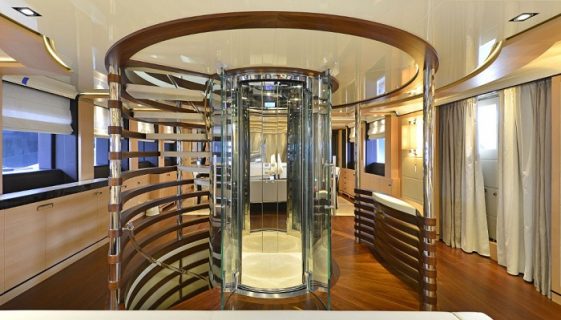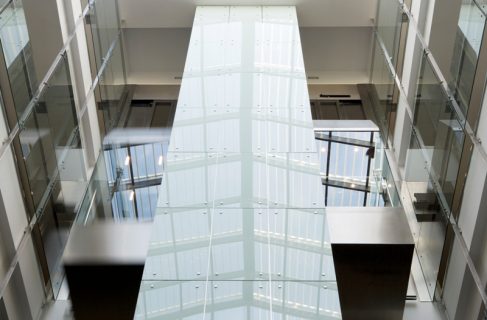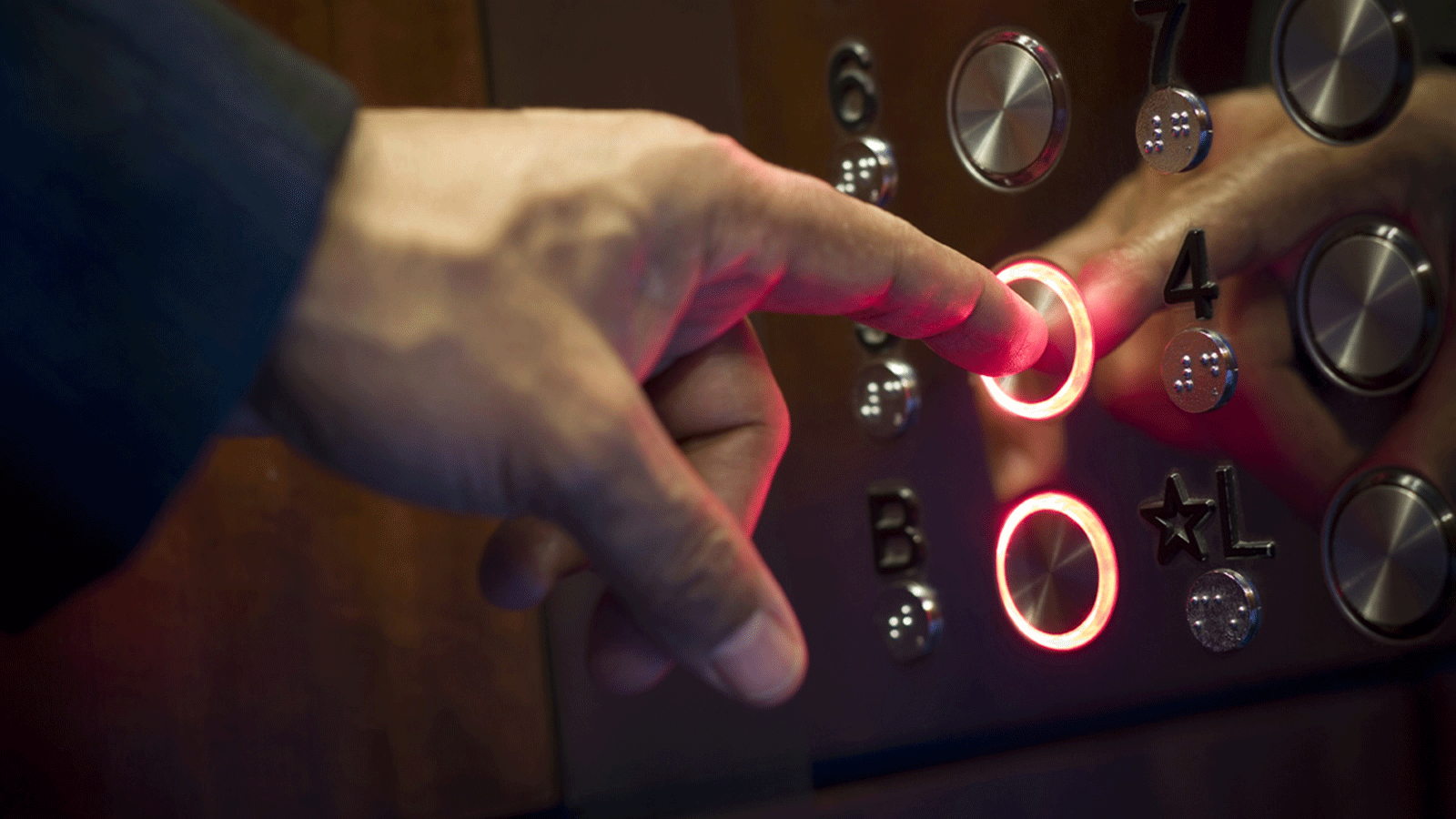The maintenance of a building’s transportation system is in many ways similar to the maintenance of a car or fleet of vehicles. This is because both involve tons of machinery traveling through space, sometimes at high speeds, with safety and convenience of passengers as the highest priorities.
In the case of an automobile, a manufacturer designs and constructs the product which may then be maintained by a dealer of that same manufacturer. In as much as annual inspections are required to ensure that the vehicle’s safety systems i.e. brakes, exhaust, etc. are functioning properly, the vehicle owner is charged with the responsibility of maintaining his truck/car’s safety. Such is the case where elevators and escalators are concerned.
Mr. David, the Sales Manager at Suzhou Dazen Electromechanical Technology in China mentions that, at the end of the day, it is the building owner’s responsibility to ensure the available building transportation is operational and safe according to the stipulated certifications. “They are also tasked with orchestrating the work of manufacturers, maintenance personnel and inspection officials,” he adds.
Also Read:Maintaining a motor grader
It is important to note that contrary to the common public misconception the manufacturer of an elevator or escalator is not responsible for maintaining the equipment for the life of a building. The elevator and escalator manufacturers are only accountable when it comes to the provision of equipment that is up-to standard as per regulations, as well as the technical information necessary for the safe maintenance and inspection of the equipment.
Get the specs right
According to Eng. Ian Blackman the Managing Director at ECL a lifts maintenance company in Kenya, some consultants are unaware of products availability thus over or under request for features and specifications. Most tenders appear to be copy and paste from previous projects. “Every building requires different elevators for different purpose,” he adds. He goes ahead to explain that, the right products have to be used for the right purpose not looking at the price since the end result is better.
Safety Codes
The Safety Code for Elevators and Escalators, ASME A17.1/CSA B44 requires a Maintenance Control Program (MCP) that is specific to the types of the equipment in the building as well its specific needs. On the other hand, while the MCP remains the owner’s responsibility, building owners can engage the maintenance company or elevator consultant to prepare their MCP. Moreover, while in some areas the escalators and elevators’ inspection is carried out by state or city elevator inspectors, others have third-party inspectors hired by either the jurisdiction or the building owner for the same purposes.
The minimum requirements for elevators and escalators maintenance and inspection are established by the Safety Code for Elevators and Escalators, ASME A17.1/CSA B44, subject to local laws or regulations. In most areas a license is required for both the Elevator Company and mechanics. The ASME QEI-1 Standard for the Qualification of Elevator Inspectors has established qualifications for elevator inspection personnel that are mandatory in most jurisdictions.

Aspects of maintenance
To ensure you can enjoy your elevator for many years to come all materials used for repair and spare parts should have been subjected to a number of endurance tests to make sure they will stand up to the rigors of everyday life use; this is according to Alberto Marchisio of Axel srl which designs, develops and tailor-produce customize ‘bespoke’ elevator solutions in Italy. Axel srl follows EN 81 rules for construction and installation of lifts. Other aspects of elevator maintenance include but are not limited to:
- Cleanliness of elevator cars, car tops, pits, machine rooms and machines.
- Lubrication of guides, rails, suspension means, safety linkages and machines.
- Adjustment of doors to ensure full closure at a correct speed and proper operation of the door reopening devices.
- Inspection of buttons, key switches, lights, indicator lamps, and audible indicators.
- Testing of elevator control system, acceleration and stopping capabilities, safety circuits, fire safety features and electronics.
- Review of the elevator machine’s mechanical condition, adjusting or replacing gears, brakes, bearings or ropes when needed.
Most importantly, complete focus on a particular client is quite important since it ensures the services rendered are fully engineered towards solving the specific problem of that particular client; this is according to Dott. Uel Bertin the Commercial Manager at Gruppo Millepiani S.p.A. one of the world leaders in the design and production of lifts, elevator; residential lifts, escalator, dumbwaiter and stair lifts in Italy.
Challenges
When it comes to maintaining any equipment or machinery, spare parts are an integral part of the exercise. Therefore, the availability of the right spare parts is quite essential for a job well done.
With regards to elevators and escalators, Mr. Regero Steensma of Nesa Elevators and Escalators a supplier and service provider of elevators, escalators and lifting equipment in South Africa explains that, getting clients to understand that all elevator maintenance companies can get the parts required for any type of lift is quite a challenge. The manufacturers push the prices of parts up so that it makes it expensive for the consumer. “Working on different types of lifts is all about the availability of parts and to ensure that all parts are checked according to a proper schedule that ensures that the lift is always in a good, clean working order,” he asserts.
Moreover, Mr. Antonio Pérez, Marketing Manager of Imem lifts a lifts manufacturer in Spain adds that, as lift manufacturers, they are of course always seeking to maximize the lift system’s working life and ensure the highest levels of safety, reliability and passenger comfort. “This however depends to a great degree on the provision of a top-class lift maintenance service,” he adds.

“There are quite a number of challenges involved before the top-class maintenance is achieved. These challenges include: Fine-tuning the maintenance program to the particular needs and characteristics of the lift system and the building it serves, preventive maintenance- lift equipped with sensors which detect and anticipate problems; reducing the number of components and simplifying them, and monitoring the state of the lift system in real time,” he affirms.
Nevertheless, according to Giorgio Ceruti of Rerman Elevators a supplier of customized vertical moving solutions and highly reliable elevators in Italy, recent regulations makes it necessary ever more often to modernize existing systems of a certain age. At times they are interventions which are planned even for purely functional reasons, in order to improve the overall quality of the systems. They can be more or less consistent and can regard, for example, the replacement of doors or motors of home elevators.
Elevators and escalators are extremely complex systems with hundreds of parts that must be maintained. One function of maintenance is ensuring continued operation by preventing excessive wear and breakdown. In systems as complex as modern elevator and escalator systems, a more important aspect of maintenance is to ensure that the equipment continues to perform as it was originally designed. This can be accomplished only by qualified, trained technicians using the correct equipment and tools.

